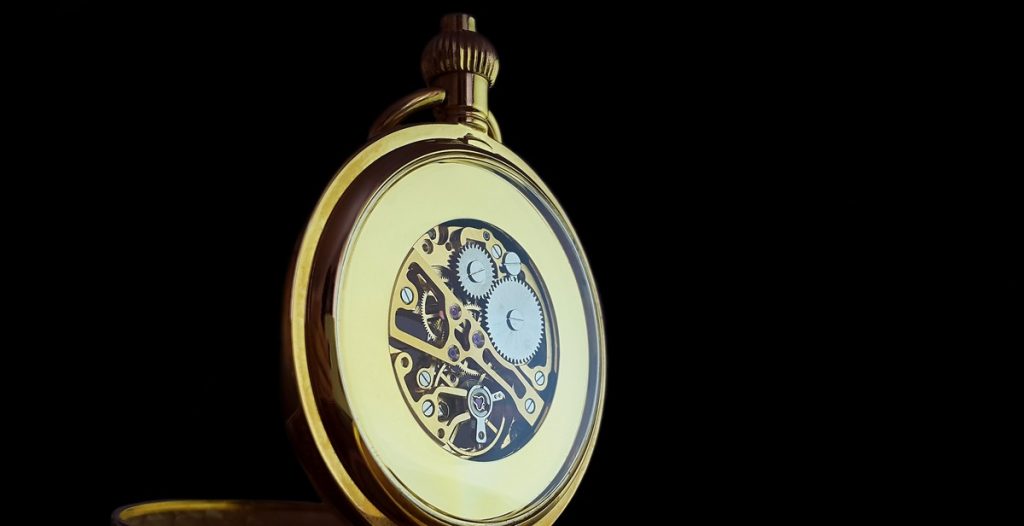The Fascinating World of Vintage and Antique Jewelry
When it comes to jewelry, there is something special about pieces that have a history. Vintage and antique jewelry can be a fascinating and unique addition to any collection. These pieces carry with them the stories of past eras and the craftsmanship of skilled artisans.
What is the difference between vintage and antique jewelry? Generally, vintage jewelry refers to pieces that are at least 20 years old, while antique jewelry is at least 100 years old. Both types of jewelry can be found in a variety of styles and materials, from ornate Victorian pieces to Art Deco designs.
The Appeal of Vintage and Antique Jewelry
One of the main appeals of vintage and antique jewelry is their uniqueness. You won’t find these pieces in any modern jewelry store. Each piece has its own history and character, making them truly one-of-a-kind. Additionally, vintage and antique jewelry often feature intricate details and high-quality materials that are not commonly used in modern jewelry.
Another appeal of vintage and antique jewelry is the sustainability factor. By purchasing and wearing vintage and antique pieces, you are helping to reduce the demand for new jewelry production and minimizing your environmental impact.
Where to Find Vintage and Antique Jewelry
There are many places to find vintage and antique jewelry, from antique stores and estate sales to online marketplaces and auctions. It’s important to do your research and ensure that you are purchasing from a reputable seller who can provide information about the piece’s history and authenticity.
Whether you’re a collector or simply appreciate the beauty of vintage and antique jewelry, these pieces are sure to add a unique touch to your jewelry collection.
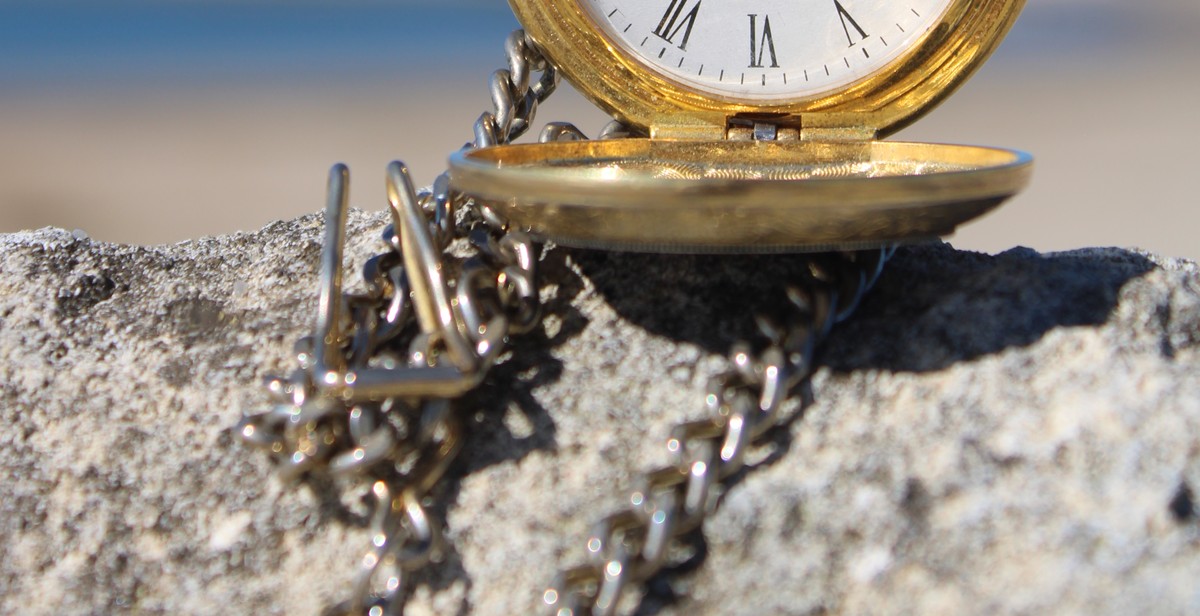
What is Vintage and Antique Jewelry?
When it comes to jewelry, vintage and antique pieces are highly sought after by collectors and enthusiasts alike. But what exactly do these terms mean?
Defining Vintage Jewelry
Vintage jewelry refers to pieces that are between 20 and 100 years old. These pieces often reflect the style and trends of their era, making them unique and valuable. Vintage jewelry can include a variety of materials, such as gold, silver, and precious stones, and can come in a range of styles, from Art Deco to Mid-Century Modern.
Defining Antique Jewelry
Antique jewelry, on the other hand, refers to pieces that are over 100 years old. These pieces are not only valuable for their age, but also for their historical significance and craftsmanship. Antique jewelry can include pieces from a range of eras, including Georgian, Victorian, and Edwardian, and often feature intricate designs and rare materials.
Whether you are a collector or simply appreciate the beauty and history of vintage and antique jewelry, these pieces are truly one-of-a-kind and a fascinating glimpse into the past.
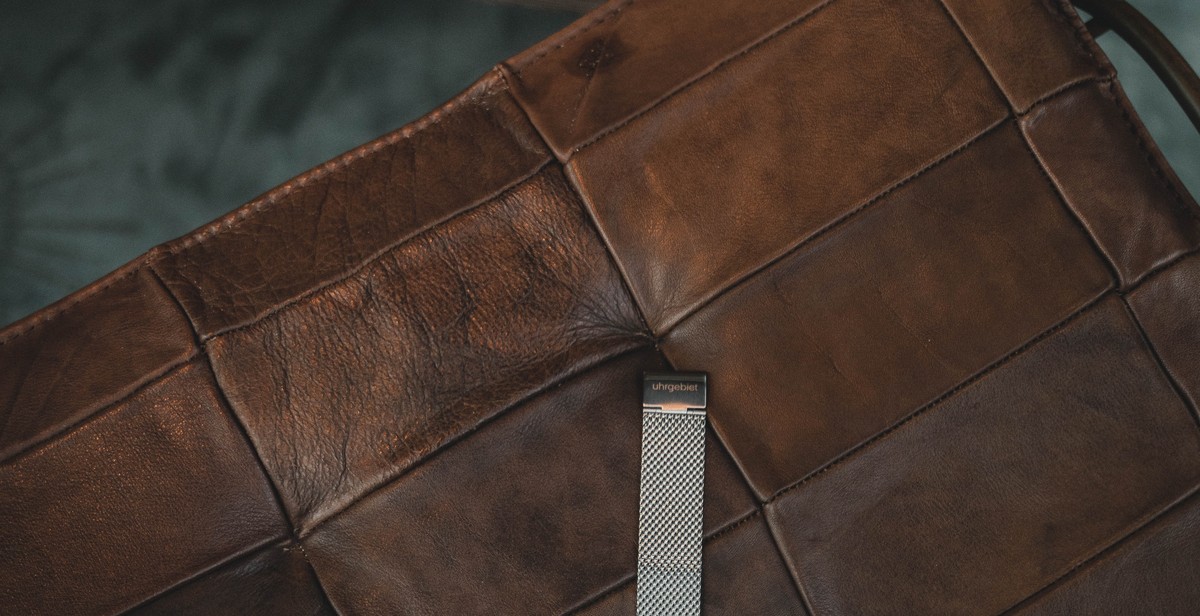
The History of Vintage and Antique Jewelry
Jewelry has been a part of human culture for thousands of years. Early jewelry making techniques involved using natural materials such as shells, bones, and stones. As time progressed, metals like gold and silver were discovered and used in jewelry making. Vintage and antique jewelry refers to pieces that are at least 20 years old and are highly sought after for their unique designs and craftsmanship.
The Rise of Costume Jewelry
During the early 20th century, costume jewelry became popular due to its affordability and versatility. This type of jewelry was made using non-precious materials like glass, plastic, and base metals but was designed to look like fine jewelry. Costume jewelry was often used to accessorize clothing and became a staple in fashion during the Art Deco and Art Nouveau periods.
The Influence of Art Deco and Art Nouveau
The Art Deco and Art Nouveau movements had a significant impact on vintage and antique jewelry design. Art Deco jewelry featured geometric shapes and bold colors, while Art Nouveau jewelry was inspired by nature and featured flowing, organic designs. Both styles are highly sought after by collectors and enthusiasts.
The Impact of World War II on Jewelry Design
During World War II, resources were scarce, and jewelry designers had to get creative with their materials. Platinum, which was commonly used in fine jewelry, was reserved for military use. As a result, jewelers began using yellow and rose gold in their designs. Jewelry from this period often featured patriotic motifs and sentimental designs, such as lockets containing photos of loved ones serving overseas.
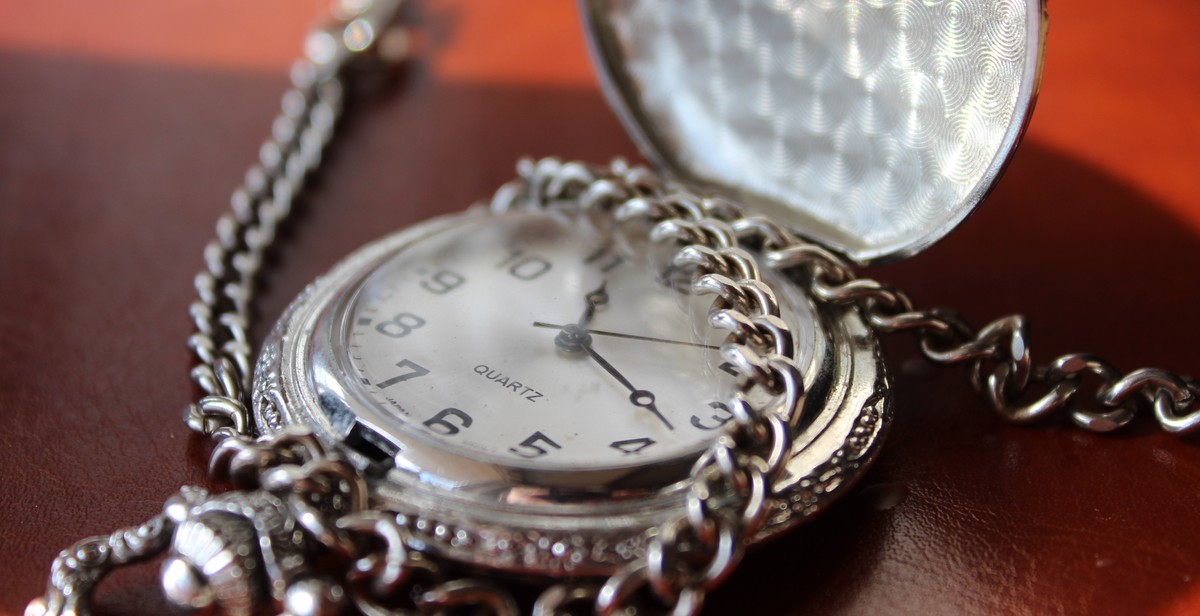
Popular Styles of Vintage and Antique Jewelry
From Victorian to Retro, vintage and antique jewelry styles have a unique charm and appeal that continues to captivate jewelry enthusiasts around the world. Here are some of the most popular styles of vintage and antique jewelry:
Victorian Era Jewelry
Victorian era jewelry is known for its intricate and ornate designs. Queen Victoria was a huge fan of jewelry, and her love for jewelry reflected in the pieces of that era. The Victorian era spans from 1837 to 1901, and during this time, jewelry was often designed to convey a message or sentiment. Popular motifs in Victorian jewelry include hearts, flowers, and bows.
Edwardian Era Jewelry
The Edwardian era, which lasted from 1901 to 1915, was known for its delicate and feminine jewelry designs. Platinum was a popular metal choice for Edwardian jewelry, and diamonds were often used to create intricate, lacy patterns. Other popular gemstones during this time included pearls, sapphires, and emeralds.
Art Nouveau Jewelry
Art Nouveau jewelry was popular from the late 1800s to the early 1900s. This style of jewelry was inspired by nature, and often featured flowing, organic lines and motifs. Popular gemstones in Art Nouveau jewelry include opals, moonstones, and amethysts.
Art Deco Jewelry
Art Deco jewelry was popular in the 1920s and 1930s. This style of jewelry is characterized by its geometric shapes, bold colors, and intricate designs. Art Deco jewelry often featured gemstones like diamonds, rubies, and sapphires, and was often made with platinum or white gold.
Retro Jewelry
Retro jewelry was popular in the 1940s and 1950s, and is characterized by its bold, colorful designs. Retro jewelry often featured large, statement pieces, and was often made with gold and gemstones like aquamarine, citrine, and topaz.
| Style | Time Period | Characteristics |
|---|---|---|
| Victorian | 1837-1901 | Intricate, ornate designs, with motifs like hearts, flowers, and bows |
| Edwardian | 1901-1915 | Delicate, feminine designs, often made with platinum and diamonds |
| Art Nouveau | late 1800s-early 1900s | Inspired by nature, with flowing, organic lines and motifs |
| Art Deco | 1920s-1930s | Geometric shapes, bold colors, and intricate designs, often made with platinum or white gold |
| Retro | 1940s-1950s | Bold, colorful designs, often with large statement pieces made with gold and gemstones like aquamarine, citrine, and topaz |
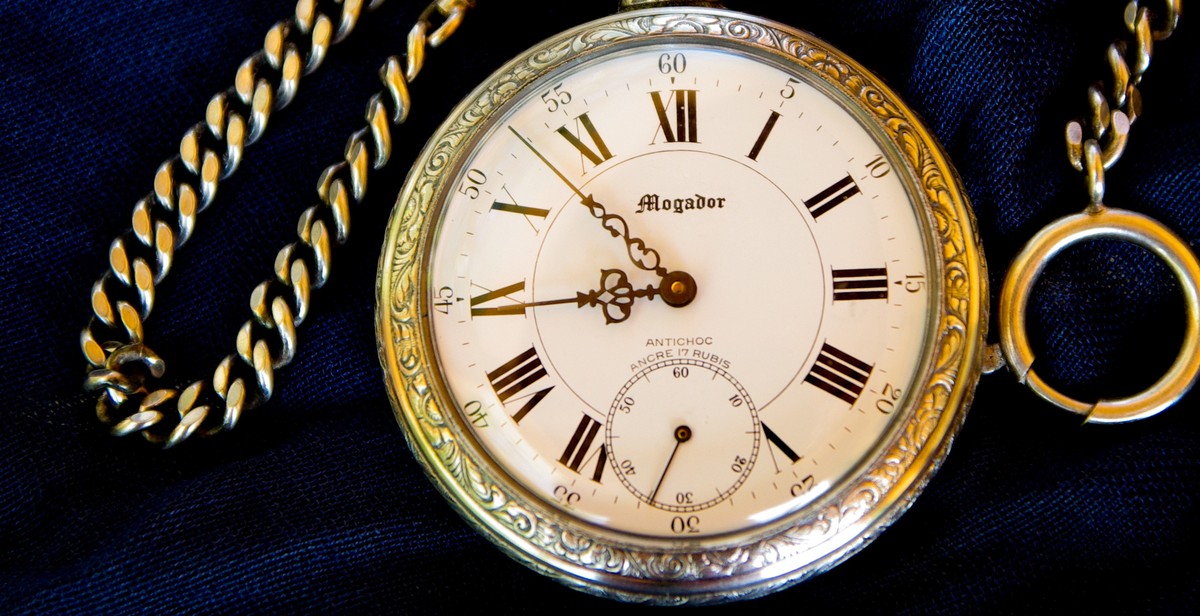
How to Identify Vintage and Antique Jewelry
Identifying vintage and antique jewelry can be a challenging task, especially for those without experience in the field. However, there are several key factors to consider when trying to determine the authenticity and age of a piece.
Hallmarks and Maker’s Marks
One of the most important things to look for when identifying vintage and antique jewelry is hallmarks and maker’s marks. These markings can tell you a great deal about the piece, including its age, origin, and maker.
Common hallmarks to look for include those indicating the metal content, such as “925” for sterling silver or “14K” for gold. Maker’s marks may also be present, which can help you identify the specific jeweler or manufacturer.
Materials and Gemstones
The materials and gemstones used in vintage and antique jewelry can also provide clues about its age and authenticity. For example, certain gemstones were more popular during certain time periods, such as diamonds in the Art Deco era.
Additionally, the use of certain materials, such as Bakelite or celluloid, can indicate that a piece is from the early 20th century or earlier.
Style and Design
Finally, the style and design of vintage and antique jewelry can also provide insight into its age and authenticity. For example, Art Nouveau pieces are known for their flowing, organic designs, while Art Deco pieces are characterized by geometric shapes and bold colors.
By considering these factors, you can begin to identify and appreciate the unique qualities of vintage and antique jewelry.
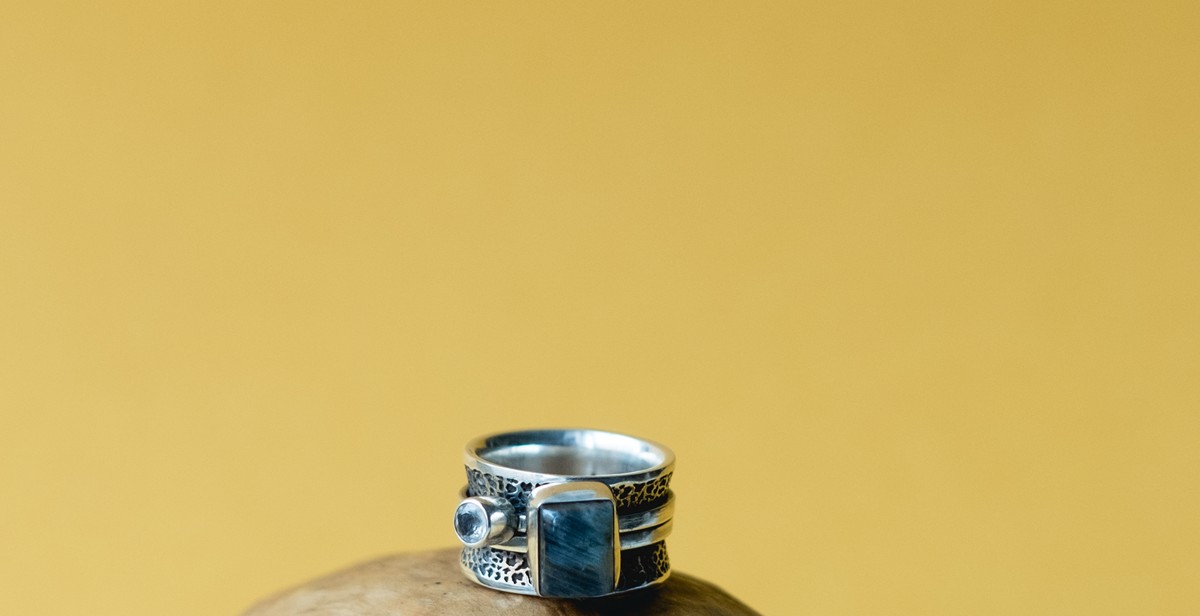
Caring for Vintage and Antique Jewelry
Vintage and antique jewelry is a cherished possession for many people. However, it requires special care and attention to maintain its beauty and value. Here are some tips on how to care for your vintage and antique jewelry:
Cleaning and Maintenance
- Use a soft-bristled brush and mild soap to clean your vintage and antique jewelry. Avoid using harsh chemicals or abrasive materials.
- Have your jewelry professionally cleaned and inspected by a jeweler at least once a year. This will help to identify any potential issues and prevent damage.
- Remove your jewelry before engaging in any physical activity or exposing it to extreme temperatures or chemicals.
Storage and Preservation
- Store your vintage and antique jewelry in a cool, dry place away from direct sunlight and moisture.
- Keep your jewelry in a soft, padded container to prevent scratches and damage.
- Avoid storing your jewelry in plastic bags, as they can trap moisture and cause tarnishing.
- Do not wear your vintage and antique jewelry on a daily basis, as this can lead to wear and tear.
| Do’s | Don’ts |
|---|---|
| Do store your vintage and antique jewelry in a cool, dry place | Don’t expose your jewelry to extreme temperatures or chemicals |
| Do have your jewelry professionally cleaned and inspected | Don’t wear your jewelry on a daily basis |
| Do use a soft-bristled brush and mild soap to clean your jewelry | Don’t store your jewelry in plastic bags |
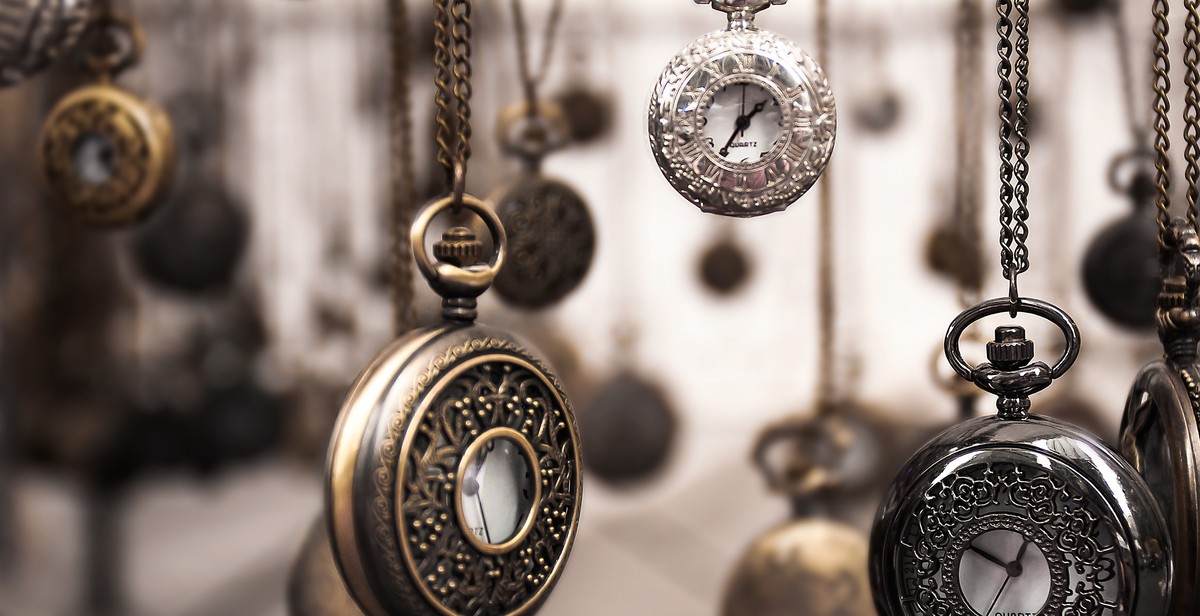
Where to Buy Vintage and Antique Jewelry
Are you looking for a unique piece of vintage or antique jewelry to add to your collection? There are several places where you can find these treasures.
Online Auctions and Marketplaces
Online auctions and marketplaces are an excellent place to start your search for vintage and antique jewelry. Websites like eBay, Etsy, and Ruby Lane offer a wide range of jewelry from different periods and styles. You can browse through thousands of listings and find the perfect piece that suits your taste and budget. Make sure to read the seller’s reviews and check the item’s condition before making a purchase.
Antique Stores and Estate Sales
If you prefer to see and touch the jewelry before buying, antique stores and estate sales are a great option. Antique stores have a curated collection of vintage and antique jewelry that has been authenticated and appraised. Estate sales offer a chance to find unique pieces from private collections. Make sure to ask the seller about the jewelry’s history and authenticity.
Jewelry Trade Shows and Exhibitions
Jewelry trade shows and exhibitions are a great way to see a vast collection of vintage and antique jewelry in one place. These events bring together dealers, collectors, and enthusiasts from all over the world. You can explore different eras, styles, and materials and find the perfect piece to add to your collection. Make sure to research the event beforehand and plan your visit accordingly.
| Location | Advantages | Disadvantages |
|---|---|---|
| Online Auctions and Marketplaces | Wide range of options, convenience, affordability | Risk of buying fake or damaged items, inability to see and touch the jewelry before buying |
| Antique Stores and Estate Sales | Authenticity, ability to see and touch the jewelry before buying, chance to find unique pieces | Higher prices, limited selection |
| Jewelry Trade Shows and Exhibitions | Wide range of options, chance to see a vast collection of vintage and antique jewelry in one place | Higher prices, limited availability, need to plan and travel to the event |
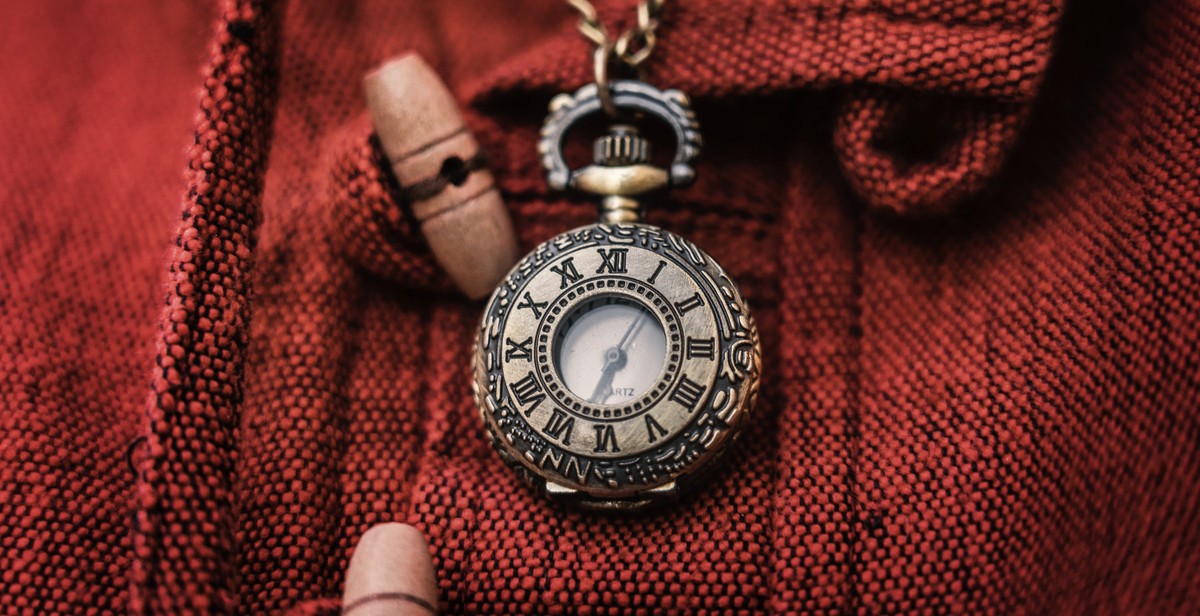
Conclusion
In conclusion, vintage and antique jewelry is not only a fashion statement but also a reflection of history, culture, and art. These pieces are not just accessories but treasures that hold stories and memories from the past, making them even more valuable. The intricate designs, craftsmanship, and unique features of vintage and antique jewelry make them stand out from modern jewelry.
Collectors and enthusiasts alike enjoy the hunt for these pieces, whether it’s at antique shops, estate sales, or online auctions. With proper care and maintenance, vintage and antique jewelry can be passed down through generations, retaining their beauty and value.
It’s important to note that when buying vintage and antique jewelry, one must be cautious and knowledgeable about the authenticity and condition of the piece. Consulting with experts and reputable dealers can ensure a smooth and satisfying purchase.
Overall, the world of vintage and antique jewelry is fascinating and continues to captivate people with its beauty and history. It’s a world worth exploring for anyone with an appreciation for art, culture, and the past.
| Pros | Cons |
|---|---|
| Unique designs and craftsmanship | Potential for fraud and misrepresentation |
| Historical and cultural significance | May require special care and maintenance |
| Can be passed down as family heirlooms | May be more expensive than modern jewelry |

